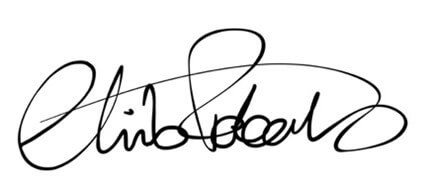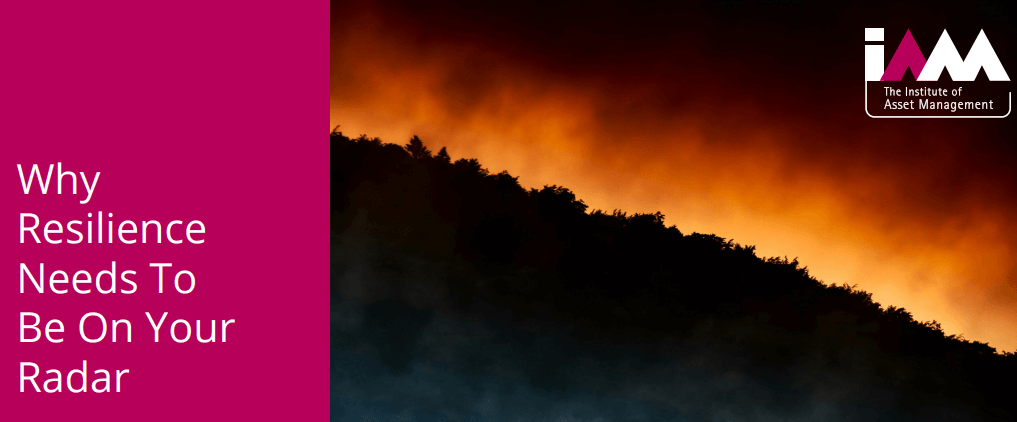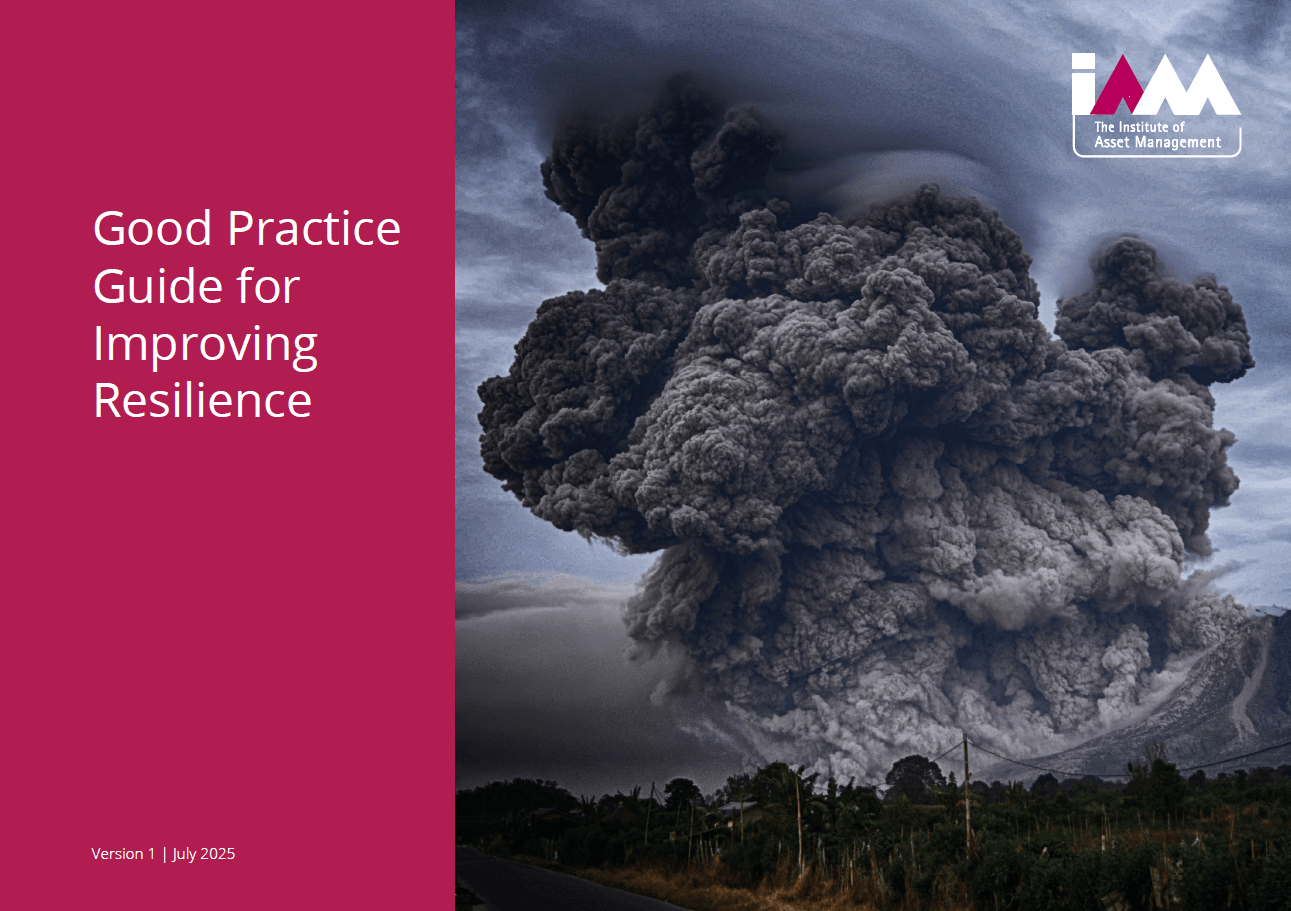Resilience Group

____________
Resilience is a critical topic, which people intuitively understand yet many different perspectives exist. For example, is it more important to resist / prevent the failure of an asset or asset system, at the risk of creating a large impact if failure occurs, or is it more important to be able to recover quickly?
The Resilience Programme will explore how the topics of business continuity, contingency planning and resilience impact all aspects of asset management; and will develop tools that help businesses, operators, etc. be more resilient in these times of rapid change.
The foundation of good asset management is the consideration of a long-term, whole-life, whole-system approach – avoiding functional, organisational and technical ‘boundaries’ that can lead to sub-optimal solutions. These principles should also provide the basis for addressing Resilience effectively and sustainably.

The IAM’s position on:
‘Resilience’ and Asset Management
Approved by IAM Board, February 2022
Organizational Resilience
Organizational Resilience is often described as “the ability for an organization to absorb and adapt in a changing environment” to enable it to deliver its objectives and to survive and prosper. The consequences resulting from a lack of resilience can lead to immeasurable losses to the organization and society, their services, human and other life, the environment and economies around the world.
More resilient organizations can anticipate and respond to threats and opportunities, arising from sudden or gradual changes in their internal and external context. Emerging and future drivers including greater interdependencies between services, accelerated technological advancements, the greater interconnectedness of the global economy, cyber threats, and broader issues such as rising inequality, species depletion and climate emergency mean that resilience has never been more important.
Planning for resilience
Planning for resilience goes beyond disaster recovery by establishing proactive, pre-disaster strategies to reduce or avoid costly asset or service downtime, address vulnerabilities and through being prepared, maintain business operations in the face of unexpected disruptions.
Enhancing resilience is the outcome of good business practice and effectively managing risk. The foundation of good asset management practice is the consideration of a long-term, whole-life, whole-system approach which are all essential elements to ensure and enhance resilience. The design, development and coordination of the asset management system and its alignment with the organization’s strategic objectives is fundamental to enhancing organizational resilience.
As the world becomes more dynamic, changeable, and unpredictable, asset intensive organizations should not only be concerned with surviving and coping with unplanned challenges, but also on thriving and improving their ability to learn, adapt, recover, and anticipate unplanned disruptions. Organizations must look to ensure strong resilience through embedding the right asset management tools, approaches, leadership and culture.
Leadership
An often-overlooked challenge of business resilience planning is the human element, whereby individuals in a chaotic situation must be prepared and educated on how to respond accordingly. Equally, leadership in the face of disruption is key – strong and pre-planned direction and decision making is vital for ensuring resilience.
Understanding and testing resilience has grown in complexity as the challenges faced are often larger and wider reaching than were previously predicted. The range of uncertainty around the impact and consequence of unplanned disruptions requires an organization to go beyond a simple risk management approach and embed a deeper level of asset management capability to deliver resilience throughout their operations.
The IAM and Resilience
To support organizations in improving their resilience through good asset management, the IAM continues to create new tools and guidance that integrate with the wider asset management frameworks already established within organizations.
Quote
“At the IAM, we recognise that there is clearly a need to develop new resilience capabilities to manage uncertainty across complex, modern, interconnected societies and economies. This requires a holistic approach that combines technical and organizational elements that will allow organizations to enhance their resilience to emerging and future shocks and stresses. If you would like to know more or wish to work with us, please do get in touch with us at the IAM Resilience Program."


Dr Christian Roberts,
President of the IAM
____________
Purpose & Scope
Our purpose is to address resilience across the IAM’s activities and include members in developing practical solutions they can use in their organisations, as well as promoting them to the wider asset management community.
Our aims are to:
- Propose a standardised definition of resilience and IAM position statement
- Develop tools and guidance to support IAM members, by considering the subject within the wider asset management framework (and review existing guidance to improve/enhance these with updated knowledge)
- Describe individual asset availability as a component of system resilience
- Explore the role asset resilience plays in major societal developments, such as the COVID-19 pandemic and the climate emergency
- Ensure cross-sectionalism by engaging with finance, capital and risk communities, as well the ongoing asset management maturity scale projects
Download Terms of Reference and Postion statement
 IAM Resilience Programme TofR Ver6 .pdf
IAM Resilience Programme TofR Ver6 .pdf
 IAM Resilience Position Statement v1.0.pdf
IAM Resilience Position Statement v1.0.pdf
Useful Resources

SSG 32 - Contingency Planning & Resilience
Contingency Planning & Resilience Analysis covers the processes and systems put in place by an organisation to ensure that it is either able to maintain the services delivered by its assets despite serious events, incidents or disasters, or is able to recover these services within an acceptable period.
____________

The IAM Resilience Group Paper ‘Why Resilience Needs To Be On Your Radar’.
This paper highlights elements of resilience that should be integral within asset management to maximize the value derived from assets. It is intended to serve as a basis for spurring wider interest across the subject of resilience and for developing future IAM guidance for practitioners in asset management.
View the document – ‘Why Resilience Needs To Be On Your Radar’
____________

The Institute of Asset Management has published a new knowledge document, ‘Good Practice Guide for Improving Resilience’, produced by the IAM Resilience knowledge group. This document consolidates the key elements relevant for the practical implementation of resilience.
The document explores the critical capabilities for achieving resilience in a measurable and transparent way, including Horizon Scanning, Alignment with Organizational Value and Level of Service, Decision Making, Assessing and Managing Risk, Interdependency Mapping, and Incident Response and Recovery. Each of these elements is discussed in a separate section in this document, with useful resources for practical application being included in the Appendices.
View the document - 'Good Practice Guide for Improving Resilience'
____________
Do you want to be involved in our work?
As public projects and events become available, they will be listed below. You can register your interest at any time by emailing Office@theIAM.org and we will contact you with more information when projects are released.

